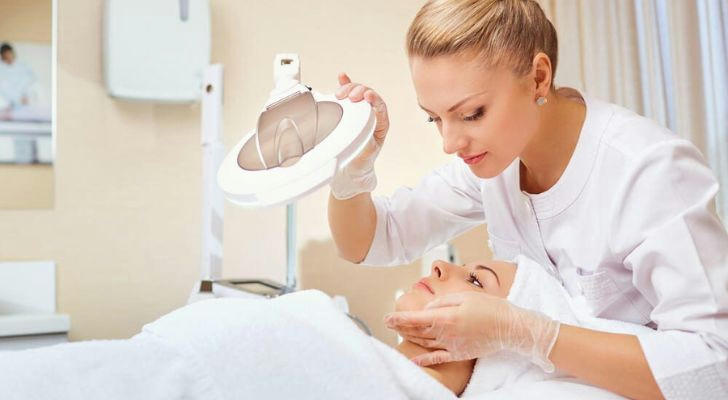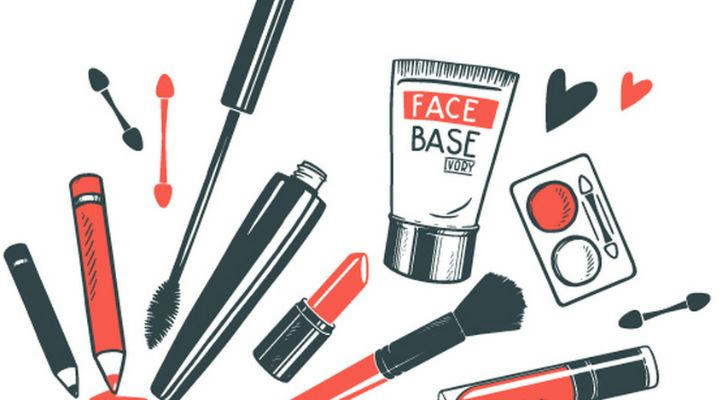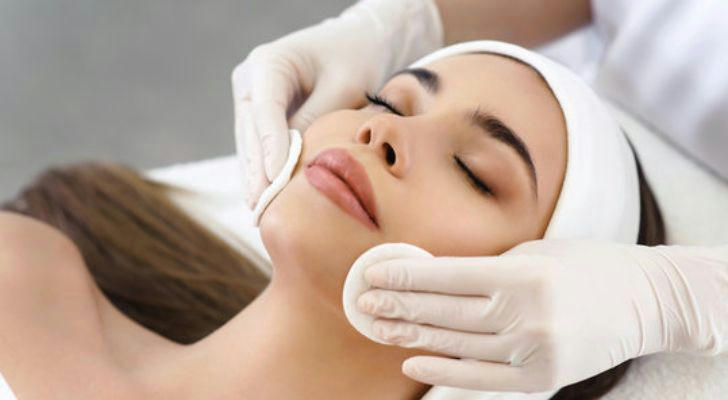Beautician Certification
The rapid development of the beauty industry has put forward higher requirements for the professional ability of practitioners. According to the "2024 Global Beauty Industry White Paper", 76% of consumers give priority to beauticians with authoritative certification when choosing beauty services. This data confirms that professional certification has become the core threshold for the career development of practitioners.

1. The core value of beautician certification
1. Improve the level of technical standardization
The certification system helps practitioners systematically master key skills such as skin analysis, instrument operation, and project matching through unified technical assessment standards. For example, the International Certification of Beauticians (CIDESCO) requires candidates to complete a 600-hour standardized course, covering details such as chemical peeling operation specifications and photoelectric instrument safety parameter settings to ensure that technical actions meet global common standards.
2. Establish professional trust endorsement
The customer consultation conversion rate of certified beauticians is 42% higher than the industry average. A survey of a chain of beauty institutions shows that displaying certification certificates can shorten customer decision-making time by 30%, especially in the field of medical beauty projects, where qualification certification directly affects customers' judgment on safety.
3. Breaking through the bottleneck of career advancement
83% of beauty institutions use professional certification as a hard condition when selecting store managers and training instructors. A well-known beauty industry group stipulates that promotion to technical positions requires at least two intermediate or higher certification certificates, including special qualifications such as skin management expert (CEFA) or aromatherapy expert (IFA).
2. Full analysis of the certification process
1. Qualification pre-examination stage
Applicants must provide proof of at least 12 months of employment. Some advanced certifications (such as ITEC Level 3) require cumulative service to more than 300 customers. In terms of education, high school education or above is the basic threshold, and some medical beauty certifications require relevant professional backgrounds.
2. System training module
Theoretical courses: including skin physiology (focusing on learning barrier repair mechanism), product ingredient analysis (such as the relationship between niacinamide concentration and efficacy)
Practical training: complete more than 200 nursing operations in simulated work scenarios, focusing on the temperature control accuracy of high-frequency instruments (such as radiofrequency instruments)
Case analysis: study 50+ real customer files and learn the logic of customized solution design
3. Assessment and evaluation system
The written test uses scenario simulation questions, such as giving a decision tree for the care plan for mixed skin customers. In the practical assessment, candidates need to complete the complete process from customer consultation to care implementation within 45 minutes. The assessment focuses on aseptic operation specifications (the tool disinfection compliance rate must be 100%) and customer communication skills (the frequency of open-ended questions).

3. Efficient preparation strategy
1. Establish a three-dimensional knowledge framework
Horizontal expansion: Simultaneously learn the fascia relaxation technique certified by Japan's JMA and the color diagnosis technology of South Korea's KCCA
Vertical depth: For acne treatment, master the concentration gradient selection of fruit acid peeling (from 20% to 70% indication difference)
Cross-validation: Combine traditional Chinese medicine face diagnosis theory with modern skin detector data for analysis
2. Build a practical training system
It is recommended to use an intelligent simulation customer system (such as Dermalux Pro), which can present 20 combinations of skin problems and requires candidates to complete the diagnosis within a limited time. Conduct full-process drills 3 times a week, focusing on recording the operation time nodes (such as the cleansing step within 5 minutes).
3. Examination psychological construction
The simulation examination room sets up interference factors such as strong light and noise to train stress resistance. Establish a wrong question tracing mechanism, classify the errors in each simulation test into technical errors (such as uneven massage strength) or knowledge blind spots (such as deviations in the understanding of rosacea pathology), and make targeted improvements.

4. Career development path after certification
1. Technical deepening direction
After obtaining the basic certification, you can advance to learn dermatopathology certification (such as Dermalogica expert level). This qualification requires the completion of 100 clinical case tracking and is suitable for transformation to problematic skin management experts.
2. Management ability upgrade
Participate in the beauty industry operation manager certification (BEA certification), learn store efficiency improvement strategies (such as dynamic scheduling algorithms), customer life cycle management and other business modules, and pave the way for transformation management positions.
3. Establish industry influence
Through continuous output of technical dry goods (such as publishing articles such as "Five cognitive misunderstandings of sensitive skin barrier repair" on authoritative platforms), gradually build personal professional IP. Join organizations such as the International Association of Beauticians (CIBTAC) to obtain cutting-edge technology exchange opportunities.
The current beauty industry is undergoing a transition from experience-driven to standard-driven. Authoritative certification not only represents the official recognition of technical capabilities, but also a pass to open up the high-end market and gain deep trust from customers. It is recommended that practitioners formulate a certification upgrade plan in a three-year cycle. For example, in the first year, they can obtain basic beautician certification, in the second year, they can specialize in photoelectric instrument operation qualifications, and in the third year, they can strive for international instructor-level certification, forming a career development curve with continuous value-added.
